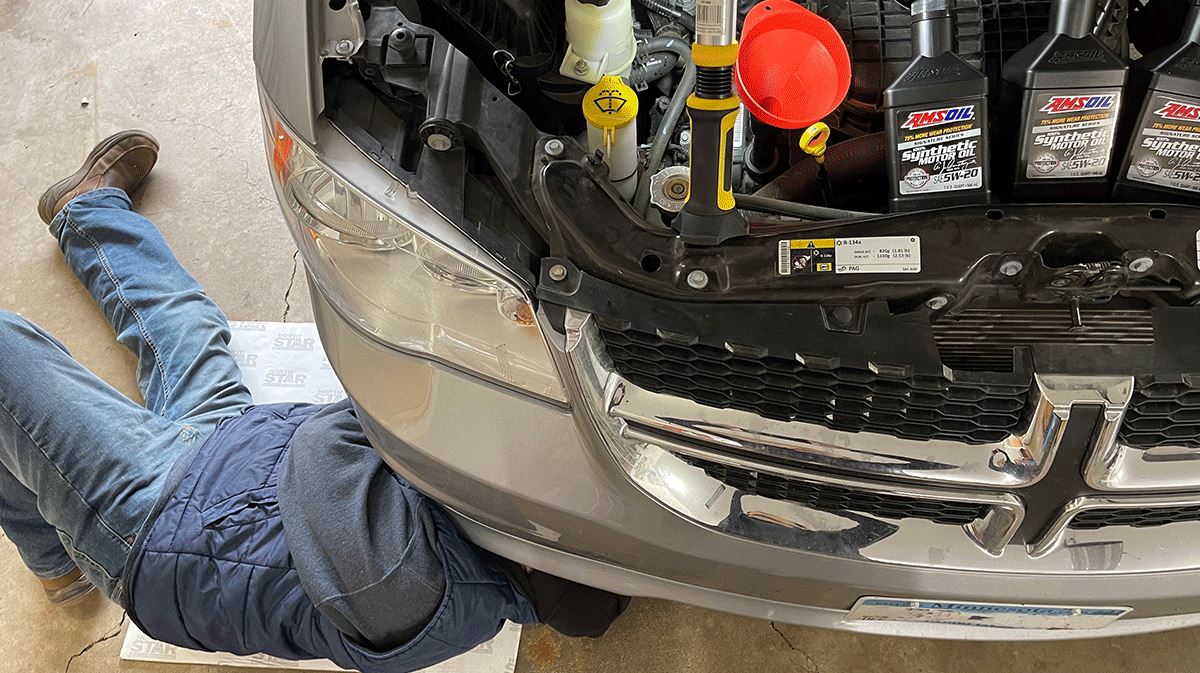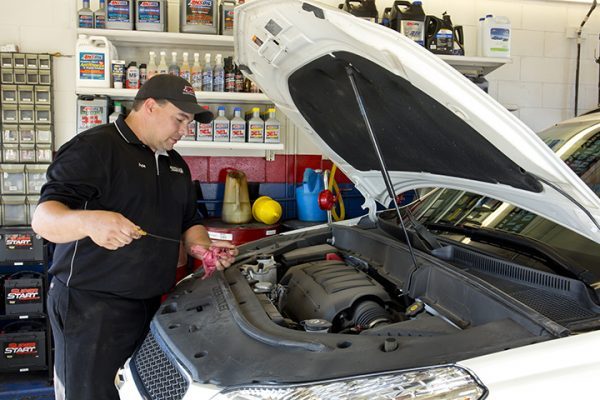How Do I Switch from Conventional to Synthetic Oil?
You don’t need to do anything special before you switch to synthetic oil after having used conventional oil.
 _by John Baker|May 11, 2022
_by John Baker|May 11, 2022
To borrow a famous slogan, just do it. You don’t need to take any special steps before you switch to synthetic motor oil from conventional oil.
There is still some confusion about changing to a different type of oil in vehicles, particularly older models that have accumulated many miles. A small group of ill-informed individuals in garages and on blogs still cling to old beliefs that synthetic motor oil causes roller followers to “slip or skid,” or that switching to synthetic motor oil causes issues in older engines, particularly oil leaks.
Facts have since replaced these outdated ideas about synthetics causing engine problems.
AMSOIL Formulations Are The Exception To The Rule
More people than ever are making the switch to synthetic oil because properly formulated synthetics offer benefits well beyond what conventional and synthetic-blend products provide. Many new passenger car and light truck vehicles come factory filled with synthetic lubricants – not just high-performance sports cars.
AMSOIL for decades have addresses those old rumors regarding the negative effects of switching to synthetics, most of which were never true.
There are a Couple Ways to Switch to Synthetic Motor Oil for the First Time.
- Jump right in and simply change the oil. Take your vehicle to your mechanic or the nearest quick lube and ask for synthetic motor oil. Or, dust off your drain pan and do it yourself. You don’t have to do anything special to your engine first, and the synthetic oil isn’t going to cause problems in your vehicle that weren’t already there, such as leaking seals.
- Flush the engine first. Though not required, an engine flush more immediately removes sludge and debris accumulated over time. It will also stop or significantly reduce oil consumption.
The main difference between flushing your engine and a normal oil change to synthetic oil is the rate at which the built-up debris is removed from older engines.
If you change to AMSOIL synthetic motor oil without flushing, for example, the detergents in the motor oil will clean accumulated deposits from the engine over subsequent oil changes.
When you use AMSOIL Engine and Transmission Flush, the cleanup is more immediate and helps ensure the engine is clean and free of any accumulated contaminants.
If the engine has a sketchy maintenance history and you want to give it a fresh start, we recommend using AMSOIL Engine and Transmission Flush before you switch to synthetic motor oil.
Ready to make the switch to synthetic motor oil? Check out our Product Guide for the right oil for your vehicle.


